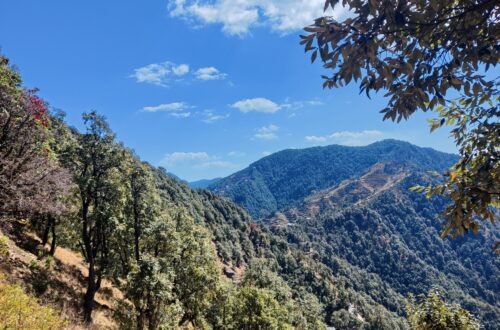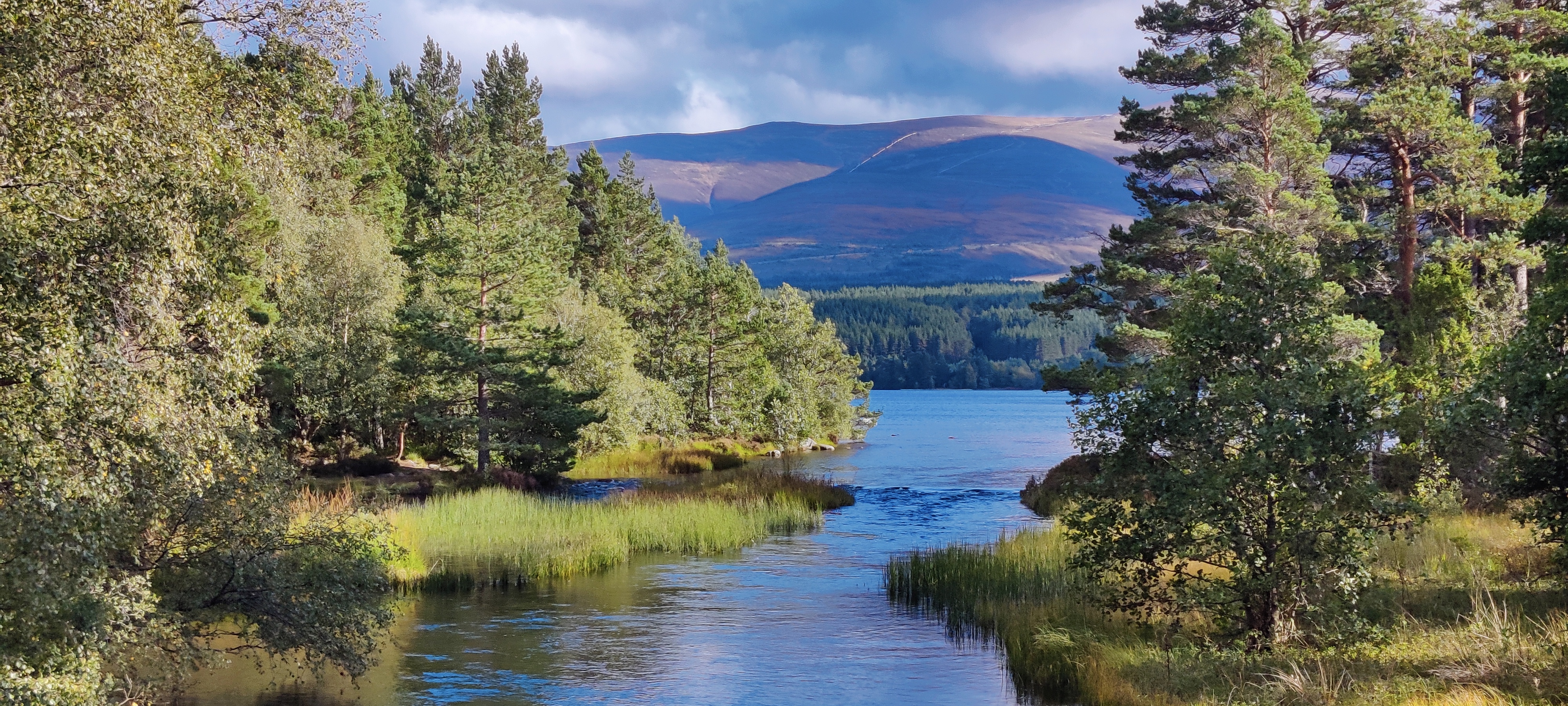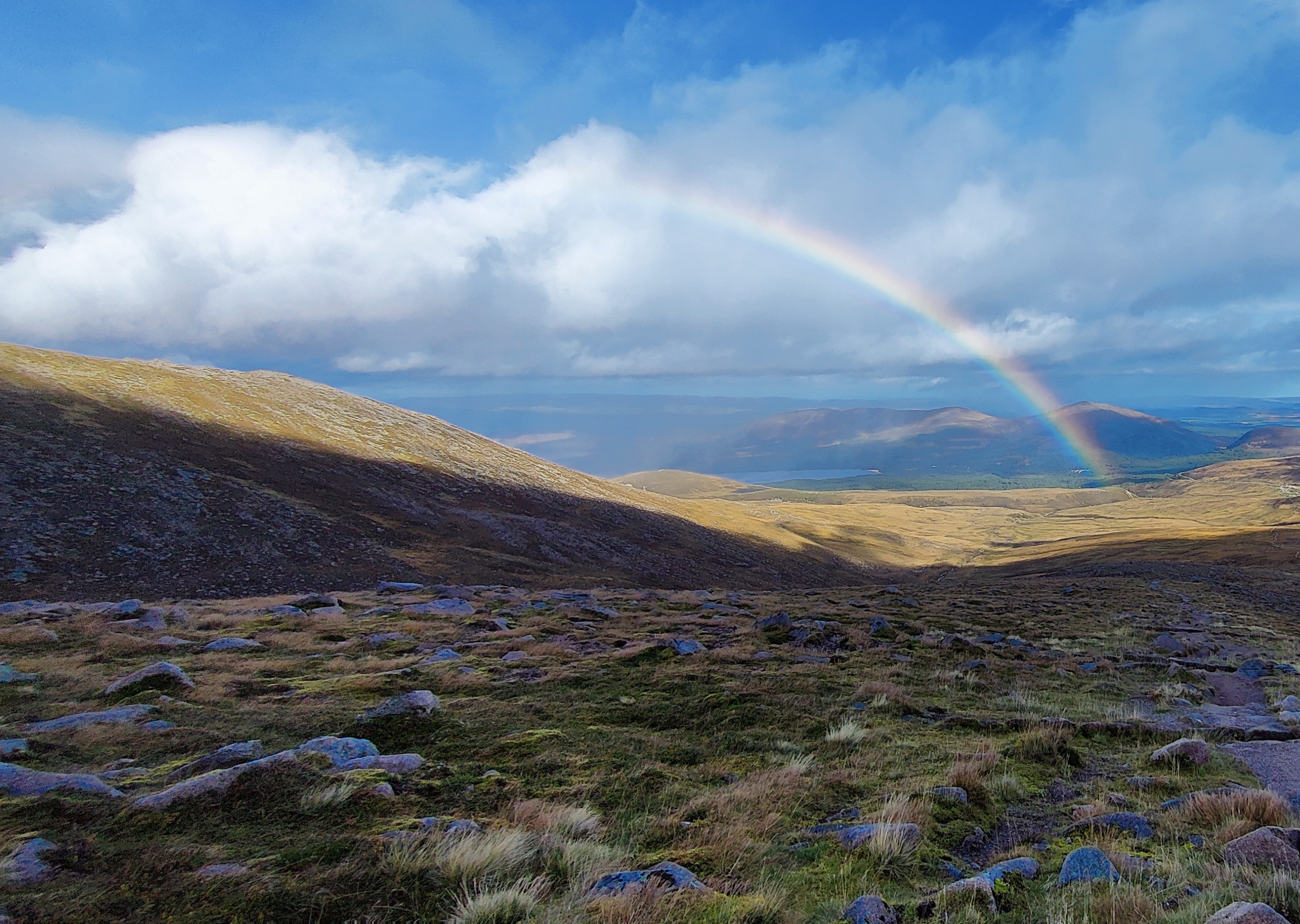The narrow cemented path and the unremarkable mud houses did not impress us. We were at Alchi Monastery, our first monastery visit, and we expected an awe-inspiring introduction to Tibetan Buddhism. Little did we know about the marvelously adorned walls inside the mud houses!

(The road to Alchi)
Unlike most other monasteries in Ladakh that are located on hillsides at an elevation, Alchi is situated on the plains. Built in twelfth century, Alchi’s temples are believed to be abandoned around fifteenth century. Maybe, that’s why the magnificent murals are still intact as Alchi escaped the eyes of invaders.

(Farming in Alchi Village)
There is no agreement on who built this gompa (monastery). One version gives the credit to Lotsava Rinchen Zangpo, the great twentieth century Buddhist scholar who was at forefront in reviving Buddhism in Tibet and who translated many Indian Buddhist texts to Tibetan. Lotsava in Tibetan means translator. The second version, and the one that historians agree, is that Kal-dan Shes-rab, a rich and religious nobleman who studied at Nyarma Monastery (now in ruins) built Alchi. Nyarma is built by Zangpo, so we can safely assume that he inspired the construction of Alchi.

(The Sumrtsek temple in Alchi)
Vairochana Buddha, first of the five Dhyani Budhhas, is the main deity of Alchi. Dhyani Buddhas represent the five aspects of the original Buddha. Vairochana, personifies the teaching aspect is believed to be much venerated in the Gandhara region, which is today’s northwestern Pakistan and adjoining eastern Afgnaisthan. The largest Buddha statue the Taliban destroyed in Afganisthan’s Bamiyan was that of Vairaochana.

Murals of Alchi are unique as these show the artistic style and tradition of Buddhism prevalent in northern India and that has disappeared without trace during the invasions. Mostly Buddhist divinities and of various mandalas, these murals use extensive symbolism with deep tantric interpretations and are not easy to comprehend by ordinary people. Basically, these aid meditation.
Photography was not allowed inside the temples. So we had to be satisfied with clicking the exteriors and the souvenir stalls that line the path to the gompa.

(A souvenir shop outside the temple)



Lovely pics…
Thank you Bindhu.To reach such inaccessible and distant places and present the not so familiar wonders still kept intact is laudable. How I wish the murals were made available in a website to the public who are not fortunate to visit .
A very informative post about Alchi. Thanks.